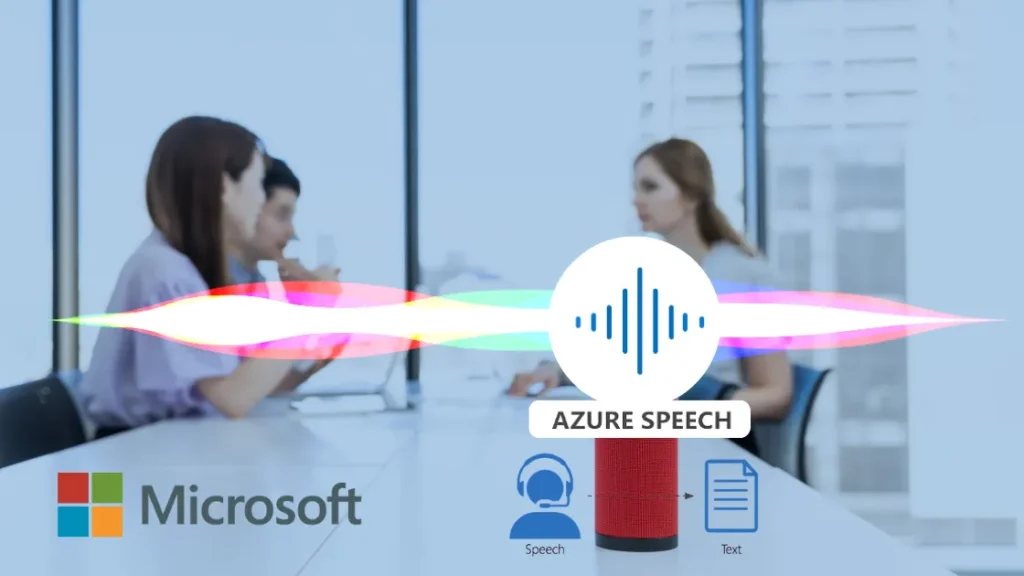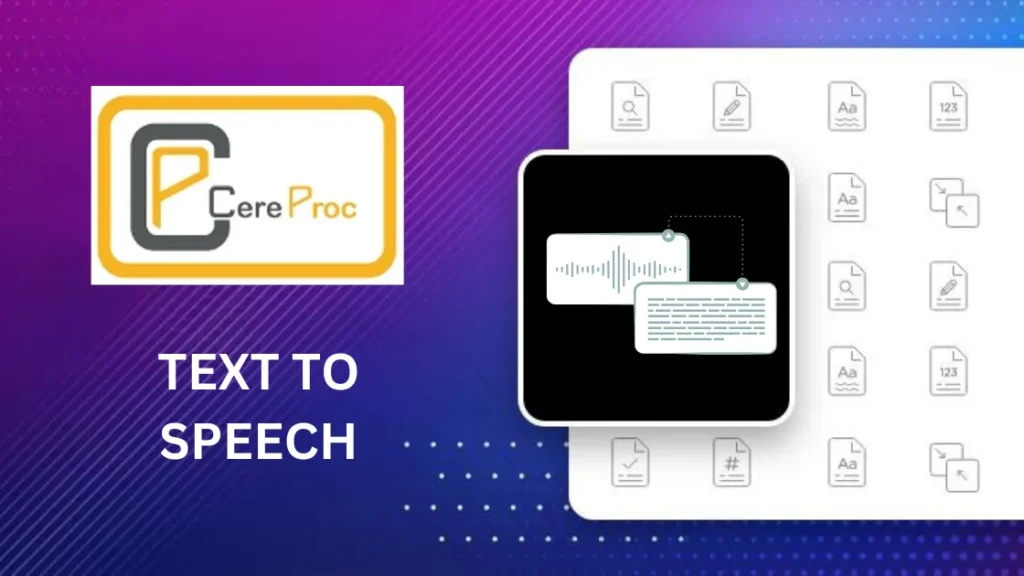Combining Generative AI and Text-to-Speech technologies enables more natural, expressive voices that open up new opportunities in various areas. Step into the world where these technologies work together to shape the future of automated and lifelike speech synthesis.
Scope of generative AI in text-to-speech
Generative AI can transform Text-to-Speech (TTS) in remarkable ways. It goes beyond crafting voices that sound more natural and human-like; it enables personalized and context-aware speech synthesis. The possibilities of what generative AI can do in TTS are extensive. Dive into the exciting developments and applications that showcase how this collaboration changes the game, creating a richer and more customized auditory experience.
Benefits: Generative AI and Text-to-Speech Integration
Natural and Expressive Voices:
Generative AI enhances Text-to-Speech (TTS) by crafting voices that mimic human intonations and nuances, creating a natural and expressive sound.
Personalization:
Tailored voice synthesis enables personalized interactions, meeting individual preferences, and adapting to specific contexts.
Diverse Applications:
This blend of technologies broadens their usefulness across various applications, including virtual assistants, accessibility tools, entertainment, and education platforms.
Enhanced User Experience:
Users enjoy a more immersive and engaging experience as generative AI raises the bar for the quality and authenticity of synthesized speech.
Context-Aware Synthesis:
Generative AI empowers context-aware synthesis, tweaking speech patterns based on content to ensure a coherent and natural flow of information.
Innovation in Assistive Technologies:
The synergy of generative AI and TTS sparks innovation in assistive technologies, enhancing accessibility for individuals with diverse needs.
Efficient Content Creation:
Content creators can efficiently produce voiceovers by leveraging generative AI and TTS, saving time and resources without compromising quality.
Scalability:
Scalable solutions arise, capable of generating a wide array of voices and adapting to the increasing demands of diverse applications and user bases.
Adaptive Learning and Training:
In educational settings, this combination facilitates adaptive learning and training programs featuring lifelike voice guidance, improving comprehension and engagement.
Multilingual Capabilities:
Generative AI and TTS integration support multilingual applications, breaking language barriers and extending accessibility globally.
If you have a project you would like to discuss, We'd love to hear from you.
Real-life examples of companies using Generative AI and Text-to-Speech Integration
Google's Duplex:


Have you ever heard of Google’s Duplex? It’s like your virtual assistant making phone calls for you. Using Generative AI and Text-to-Speech, it can chat with businesses to schedule appointments or make reservations, sounding remarkably human-like.
Amazon Polly:


Amazon Polly is like a magic cloud that turns written text into spoken words. It’s not just any Text-to-Speech service; it’s got Generative AI to make the voice more natural and friendly.
Adobe VoCo (Project VoCo):


Have you ever wished you could edit a recorded speech by typing new words? That’s what Adobe’s Project VoCo aims to do. It’s an experiment using Generative AI and Text-to-Speech for audio editing, bringing a touch of AI creativity to the mix.
IBM Watson Text to Speech:


IBM Watson Text to Speech is like a wizard turning text into spoken magic. AI tricks are up its sleeve, making the voice clear and natural. People use it for everything from accessibility tools to creating excellent multimedia content.
Microsoft Azure Speech Service:


Microsoft’s Azure Speech Service is like the maestro of voices in the cloud. It uses Generative AI and Text-to-Speech to create agents that don’t just speak but express. You’ll find it in virtual assistants and various interactive voice systems.
Lyrebird:
Lyrebird is your go-to for voice cloning. Using AI and Text-to-Speech can create voices that sound like humans. Perfect for giving a personal touch to voice experiences in gaming, accessibility tools, or creative projects.
CereProc:


CereProc is the mastermind behind advanced Text-to-Speech. With a dash of Generative AI, it crafts voices that feel real. From gaming to multimedia, it’s making representatives stand out.
Industries that Need Generative AI and Text-to-Speech Integration
Generative AI and Text-to-Speech Integration enhance communication, personalization and user experiences across numerous industries. Here are some sectors that particularly benefit from this integration:
Virtual Assistants:


Do you know those virtual assistants and smart speakers? The ones that talk to you? They use Generative AI and Text-to-Speech to make the conversations sound less robotic and more like friendly chat.
Accessibility Services:


Imagine tools that help people with visual impairments or reading challenges. Generative AI and Text-to-Speech make those tools speak in a way that’s easy to understand, opening up a whole new world of accessibility.
Entertainment and Gaming:


Have you ever played a video game and felt like you were in a movie? Gaming companies use Generative AI and Text-to-Speech to create characters that talk and react like real people.
Healthcare:


Picture health apps that talk you through instructions or appointment schedules. Generative AI and Text-to-Speech make health-related information accessible through spoken words.
Automotive:


Those voices in your car’s navigation system? Yep, that’s Generative AI and Text-to-Speech making sure you stay aware of the situation and giving you directions in a way that feels like a friend guiding you.
Summary
Generative AI goes beyond crafting natural voices; it personalizes and contextualizes speech synthesis. It’s not just about sounding human; it’s about creating a richer, more customized auditory experience. Dive into the developments and applications showcasing how this collaboration changes the game.




